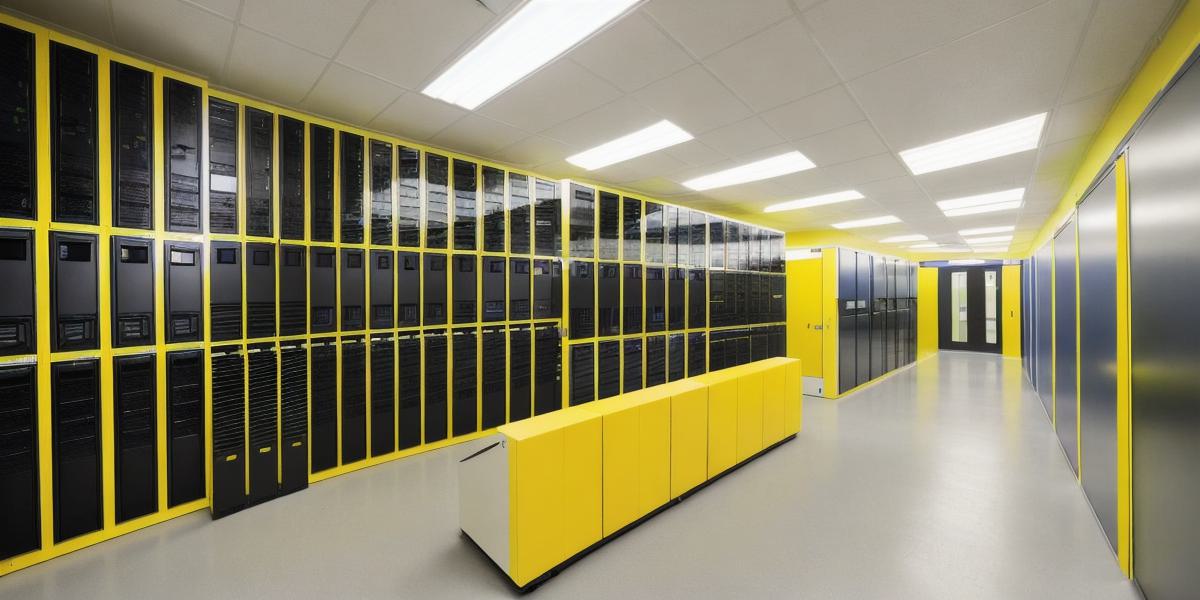In today’s digital age, managing and securing data has become a priority for businesses and organizations alike. A data room is a secure virtual or physical space designed to store, manage, and share sensitive information with authorized parties. In this article, we will discuss the essential steps in building a robust and efficient data room for secure storage and sharing of information.
1. Identify Your Data Needs: The first step in creating a data room is to identify the types and quantities of data you need to store and manage. This includes understanding the sensitivity level, access requirements, and retention policies for each type of data. For example, financial reports may require stricter access controls than marketing materials.

2. Choose the Right Data Room Solution: There are various data room solutions available in the market, ranging from cloud-based services to on-premises hardware. Each solution comes with its unique features and benefits. Consider factors such as security protocols, ease of use, scalability, and integration capabilities when selecting a data room solution.
3. Implement Access Control: Access control is crucial in maintaining the security and confidentiality of your data. Implementing access controls allows you to manage who can view or modify specific information within the data room. Multi-factor authentication, role-based access, and IP address restrictions are some common access control features that can help secure your data.

4. Ensure Data Encryption: Data encryption is another essential aspect of building a secure data room. Encryption converts readable data into an unreadable format, ensuring the confidentiality of your sensitive information. Implementing end-to-end encryption and using strong encryption algorithms can help protect your data from unauthorized access or theft.
5. Establish Data Retention Policies: Data retention policies define how long you need to keep specific types of data. Establishing clear retention policies helps ensure that data is not kept longer than necessary, reducing the risk of data breaches and unnecessary costs.
6. Perform Regular Security Audits: Regular security audits are essential in maintaining the integrity of your data room. Conducting regular vulnerability assessments and penetration testing can help identify potential weaknesses and address them before they become a problem. Additionally, staying up-to-date with the latest security threats and trends can help you stay ahead of the curve and keep your data secure.
Summary: Building a secure data room is an essential aspect of effective information management. By following these six steps, you can create a robust and efficient data room that ensures the confidentiality, integrity, and availability of your sensitive information. Remember, securing your data not only protects your business but also builds trust with your stakeholders and clients.
